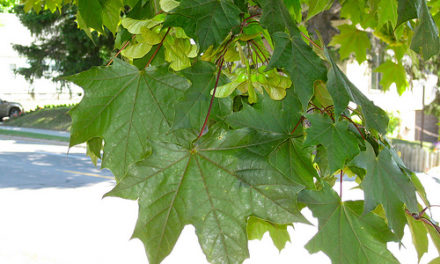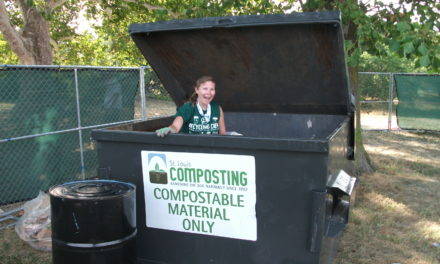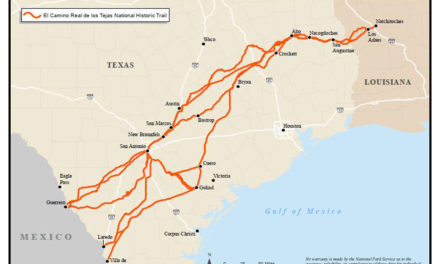My favorite park in America, San Antonio’s
Brackenridge Park, is highly esteemed in most Latino households for its many amenities, its history, and its long role in bringing people from all over the city together. Today the park faces many challenges in its efforts to continue to offer great natural spaces and entertainment facilities during a time of rapid demographic growth and higher rates of usage.
Indigenous tribes settled in the surrounding area of the San Antonio River headwaters near the park 12,000 years ago. When the Spanish arrived in 1718 they utilized the tribes of the area for the construction of the water ditches and the Alamo Mission. The acequias they built were essential for the planting of agricultural fields that fed the livestock and provided food for Spanish and Indian residents of the newly constructed Alamo Mission. Brackenridge Park’s green space and watershed have important historical significance in San Antonio’s early history.
American parks have been a part of the modern urban landscape since the mid 19th century. New York City set the standard with the construction of Central Park in 1858. Many American cities sought to replicate in a smaller fashion the concept of a Central Park. George Brackenridge’s donation of a 320 parcel of land to the city of San Antonio nearly 125 years ago was inspired by the urban park planning and remains the most generous land gift in the city’s 300-year history.
My mom, Alicia Saenz Romo, took me to
Brackenridge Park one day in 1945. Someone took a photo of us that day which I am fortunate my parents saved. The photo shows me as a young toddler as I walked around part of the park clinging to my older brother who held mom’s hand.
During my high school and college running days, I often trained at the park. The park appealed to me
and other runners because it offered off-the-road trails saving runners’ worries about traffic interference. The park also offered ample shade from its tall oak and pecan trees. On a hot Texas summer afternoon, the park’s shade made a great difference in my one-hour training runs.
Depending on the time of day, I ran by folks in the park cooking lunch or dinner on the barbeque grills along the riverfront, or I jogged behind bike ridders peddling down the paved streets that ran through the park. Most often there were children feeding the ducks along the river or playing a game of softball on the park’s ball diamonds. For recreational purposes, I returned on the weekends to ride horses or try my hand at fishing. I was surrounded by families from all over the city who celebrated birthdays and special events at the park, many at the Joske Pavillon.
On my training runs, I was often joined by two Black athletes, twin brothers Charlie and Madison Grant from the Eastside. At that time much of San Antonio was segregated, most notably in housing and hospitality. The Grant brothers attended a segregated Catholic school in the Eastside while I attended a largely Mexican school downtown. Finding a friendly and safe place to run was important in those years—sadly thugs once threatened our lives as we ran one evening at Woodlawn Park.
Brackenridge Park’s inclusiveness over the 20th century lessened the stigma of discrimination and allowed the integration of diverse racial and ethnic groups. Before World War II, most Mexican Americans lived in segregated
communities east and west of downtown. For the entire century, Brackenridge Park welcomed San Antonians of all colors and creeds. At least until the 1960s when public swimming pools became more prevalent, Mexican Americans swam in Brackenridge’s section of the San Antonio River. Lambert Beach near the Iron Auto Bridge was especially popular with Mexican Americans.
An event that gained fame over the last 50 years has been the annual Easter weekend campout at Brackenridge Park. Easter weekend in the park was the busiest of the year with nearly every space near the river and adjacent to the picnic tables occupied. On one occasion when I photographed this special weekend some ten years ago, I met family members who had arrived at the park four to seven days early to reserve their camp space.
These days, with my running days long behind me, I take brisk walks around the park as often as I can. On most weekends, the park is one of the more popular places for families in San Antonio with children. The amenities of the park include picnic tables, barbeque pits, walking trails, and train rides. The San Antonio Zoo, the Witte Museum, the Japanese Sunken Gardens, and the Sunken Garden Amphitheater are also located within the confines of the original park designation.
Children love the park because it offers ample grounds to run and ride bikes safely. The park offers many benefits for adults as well. An important study conducted by several Scottish researchers found that parks contributed to community well-being. The authors, who examined nearly 500 studies published over the past
ten years, concluded that the benefits of parks were substantial. Their key findings revealed that “Physical health, mental wellbeing, and life satisfaction are all enhanced through access to and use of parks and green spaces.” The researchers also found that “parks create
important opportunities for social integration.”
Dr. Kathleen L. Wolf, a nature scholar, noted that 40 years of research has demonstrated sufficiently that parks and green spaces “support human health and wellness.” It is a well-known fact that San Antonio has a large number of residents suffering from chronic illnesses such as diabetes, heart disease, and respiratory problems. Parks, Dr. Wolf argues, are “particularly relevant” if they offer “walking and bike paths, and playing fields.”
Urban parks have many health benefits for those who use them on a regular basis. Studies show that individuals who frequent parks can reduce the risk of various health conditions, such as high blood pressure and cardiovascular disease. Open green spaces have also been associated with positive mental health. A recent study found that “people who spent at least two hours in nature per week were consistently more likely to report higher levels of health and well-being compared to people who spent less time in nature.”
Today Brackenridge Park is suffering from long-deferred maintenance. The neglect is painful to observe. With the upcoming Bond elections, residents of San Antonio have an opportunity to support the badly needed maintenance and expansion of the popular Brackenridge Park amenities. The park represents a part of San Antonio’s rich cultural and social history. It is enjoyed by residents from all areas of the city and is a city treasure that must be preserved.
Saving Our Parks: The Case for Brackenridge Park












